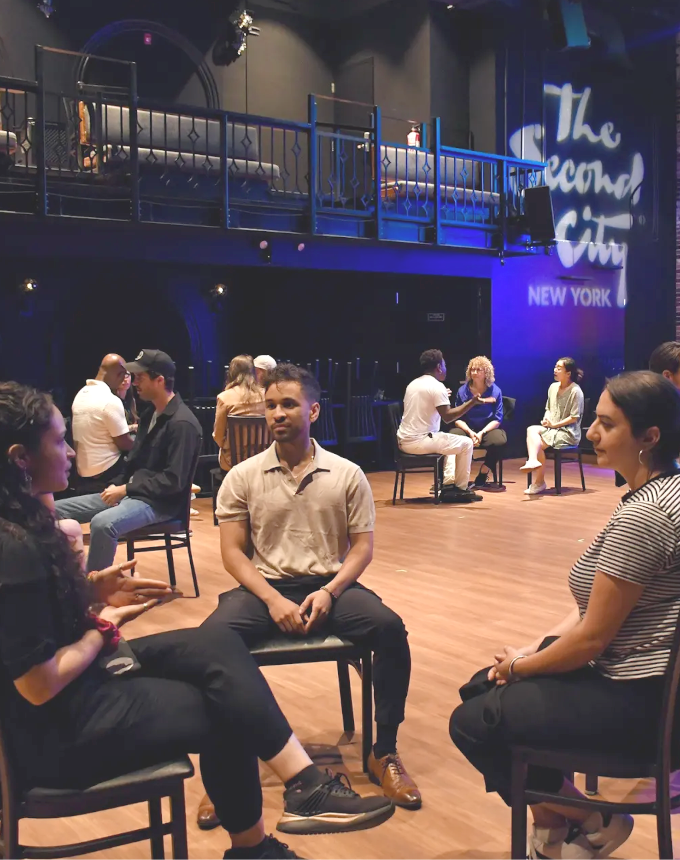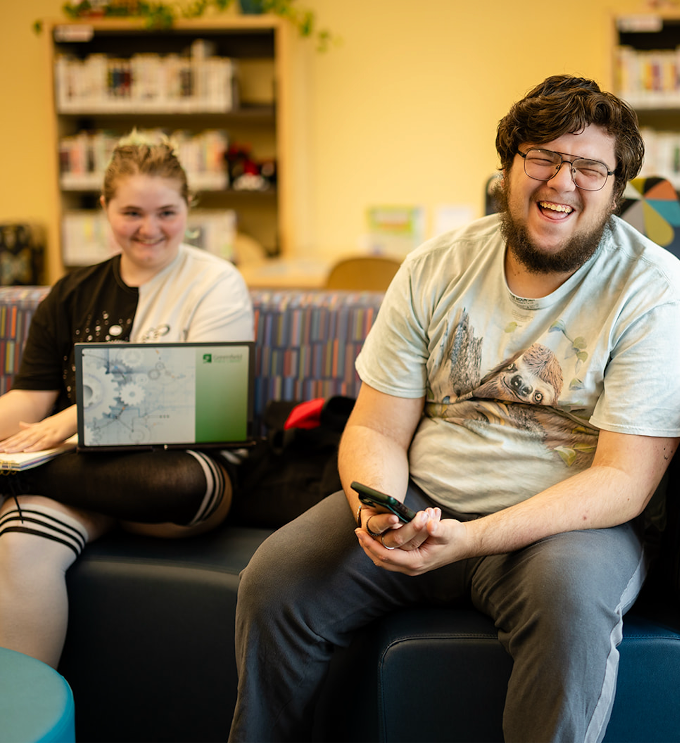November 21, 2025
Learning
Embracing vulnerability, making decisive choices, and active listening are learnable skills.

A Second City Works corporate training workshop in New York City. Image via Second City.
My mind opens a bit every time someone uses the phrase “yes/and” in conversation. The term comes from improv, where a performer accepts what another has introduced (“yes”) and then adds something new (“and”). It keeps scenes moving by encouraging agreement with the premise and fostering collaborative expansion rather than blocking ideas. In collective learning, it creates openings for ideas that haven’t yet been explored.
Improv is an effective learning tool for several reasons. It requires participants to listen closely and respond in real time, strengthening communication and attentiveness. It teaches people to think on their feet and adapt to the unexpected, building cognitive agility. And it nurtures creative thinking by asking learners to generate original responses within constraints.
For decades, Second City—the Chicago-based theatre company known for pioneering improvisational comedy—has taught the fundamentals of improv to corporate executives and professional athletes. Second City Works, its business-training division, now includes more than 80 facilitators across the U.S. and Canada, all trained in the art of improv. The division has led more than 650 events in the past 18 months with clients such as Uber, Adobe, the NHL, and the Chicago Cubs.
ARTICLE: Second City’s Side Hustle: Helping CEOs Improvise



